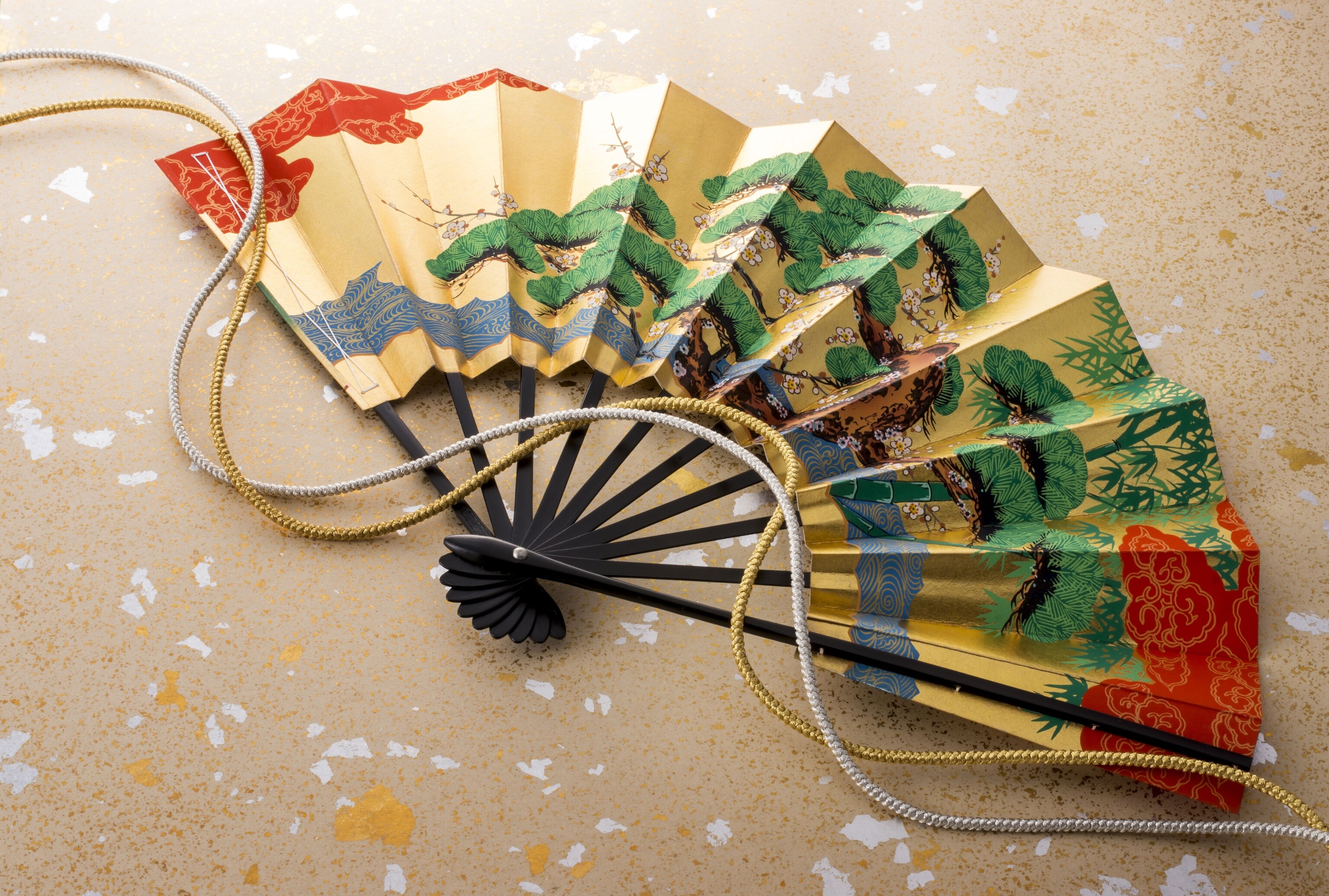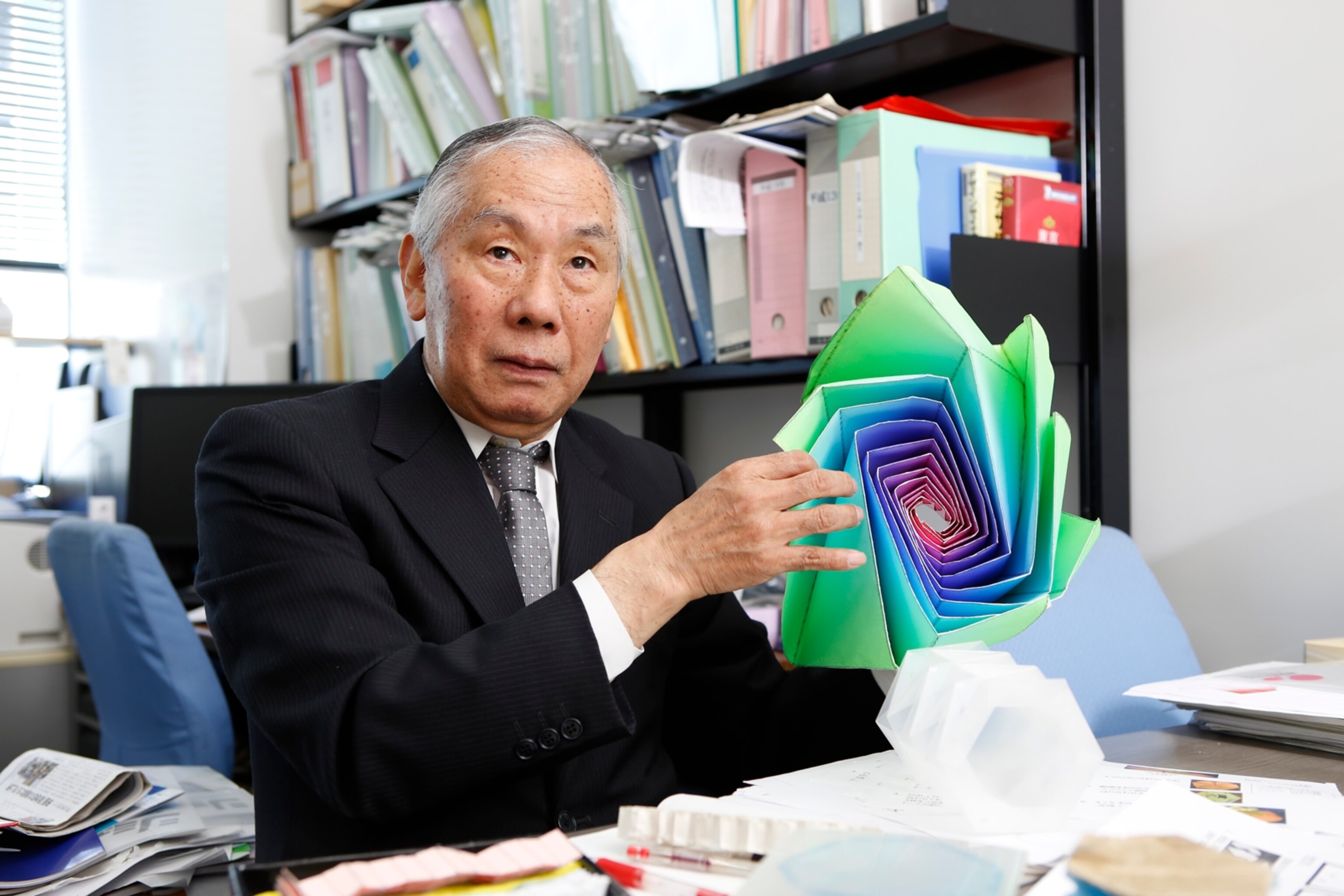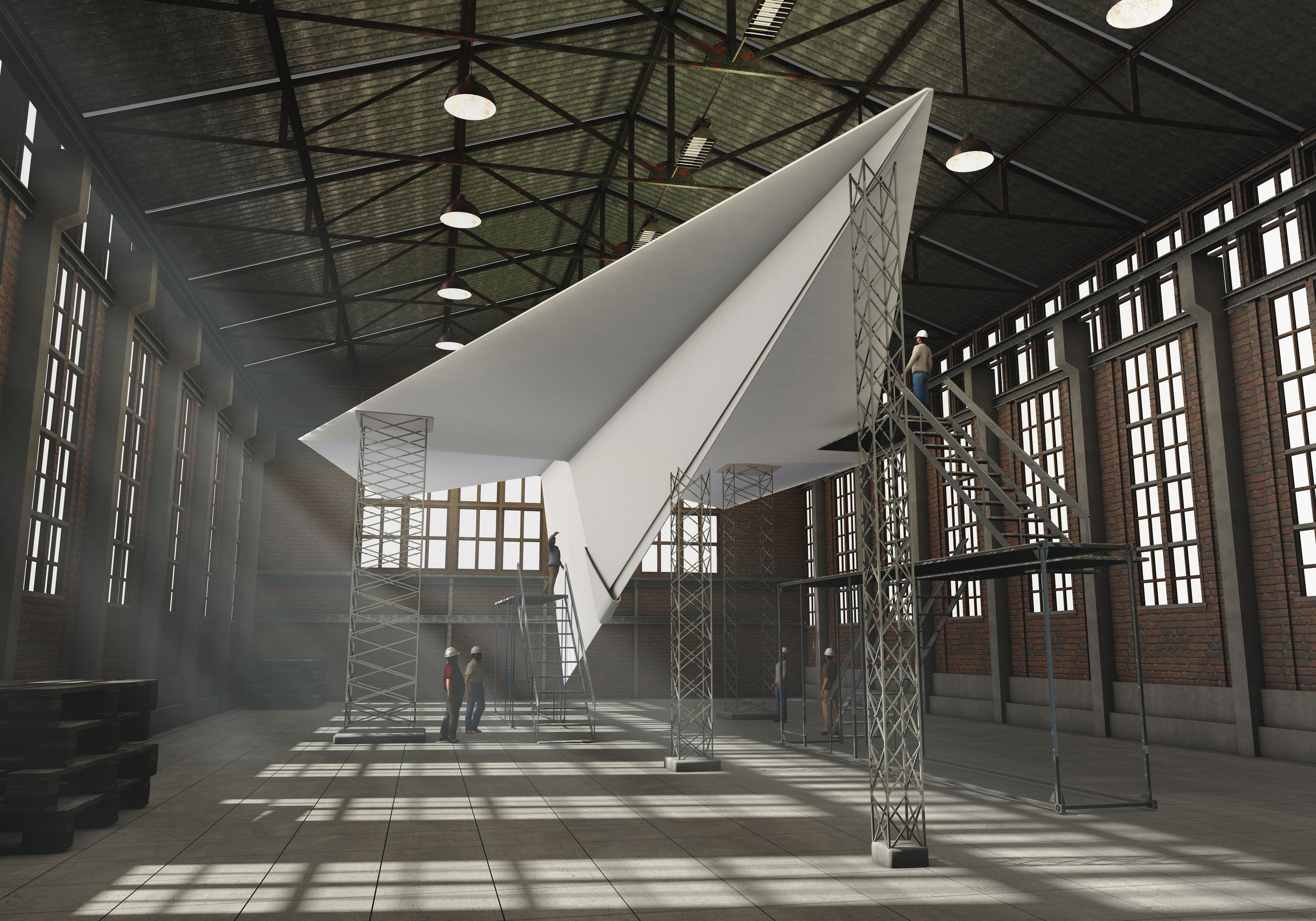Origami techniques produce stiff but expandable engineering structures with potential applications across industries such as transportation, robotics and space exploration. Progress on this front so far, however, has been hindered by manufacturing limitations. Even the best 3D printers today have not been successful in creating origami-inspired structures due to the complexity of the ancient artform’s creases and folds.
In a laboratory at Meiji University, Ichiro Hagiwara, a pioneer in origami engineering, has labored to build a printer prototype that potentially holds the key to the mass production of origami-engineered structures. Developed over eight years, Hagiwara’s proof-of-concept has successfully replicated complex origami structures using a single sheet of paper.


Hagiwara’s origami printing technology is set to form the foundation for generations of origami printers to come. This potentially eliminates the need to assemble multiple materials and parts when bringing origami-inspired industrial designs to life. Origami will be reborn, Hagiwara is convinced, with massive implications on manufacturing.
Practical applications
Hagiwara, who started out as a collision researcher, first experimented with origami techniques decades ago when he was studying ways to improve shock absorption systems. Success arrived in 2009 when his patented shock absorbers increased energy absorption in cars by 40%. Then in 2017, he invented the world’s lightest foldable cardboard safety helmets that are now donned by cyclists across Northeast Asia.

Of his origami-engineered designs, Hagiwara is perhaps most satisfied with his revolutionary foldable plastic drinking bottles. Conceptualized in four short years, Hagiwara’s novel solution is both flexible and portable. People can now fold and compress their drinking bottles, and size them according to how much liquid is in the bottle. This not only brings added convenience to the man in the street; the inventor also believes that these plastic drinking bottles, when appreciated for their practicality and aesthetic value, will discourage one-time use. Hagiwara also foresees these folding techniques being used on wine bottles, containers, as well as cosmetic and medicinal products.


Reviving an icon of Japanese culture
Through origami engineering, Hagiwara is also on the verge of reviving an ancient Japanese symbol of nobility: the hand-painted folding fan.
To paint a fan, ancient Japanese artists had to figure out how to present a coherent piece of artwork with folded paper as their canvas. There was no such thing as 3D imaging software in those days and artists can only rely on their imagination to plot out their masterpieces. Notable Edo period artists such as Sodatsu Tawaraya, Hokusai Katsushika and Korin Ogata were revered for their ability to bring out vivid sceneries through the rhythm and depth of the folds. Unfortunately, appreciation for the painstaking detail that goes behind such craftsmanship is on the decline as the folding fan fades into history to become a relic of the past.
Hagiwara passionately believes that the Japanese aren’t just inheritors of their cultural lineage – they are also custodians of their culture. It is the responsibility of Japanese society to preserve art forms such as the hand-painted folding fan and in turn, bestow these traditions to future generations.

To this end, and as part of his research on origami printing, Hagiwara is undertaking the challenge to discover how two-dimensional paintings can be mathematically adjusted and transposed onto folded surfaces without image distortion. It’s only when a folding fan is opened to its final position that we can appreciate the art on it, in its correct composition, Hagiwara asserts. With the findings from his research, modern artists are set to herald a new age of Japanese fan painting.

Hagiwara believes there is tremendous potential to be mined when the international scientific community collaborates with origami artists and creators in Japan. More marvels can be discovered if we look deeper into origami techniques. “While we could say that paper, origami and origami engineering are representative of Japanese science and culture, the future of origami engineering holds bright in Japan and beyond, with much more to explore.”





